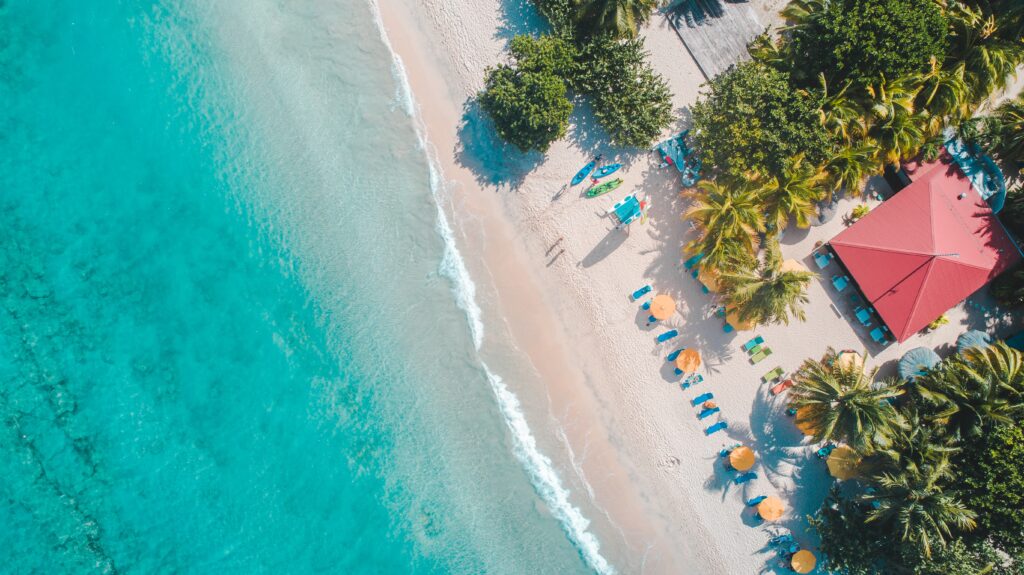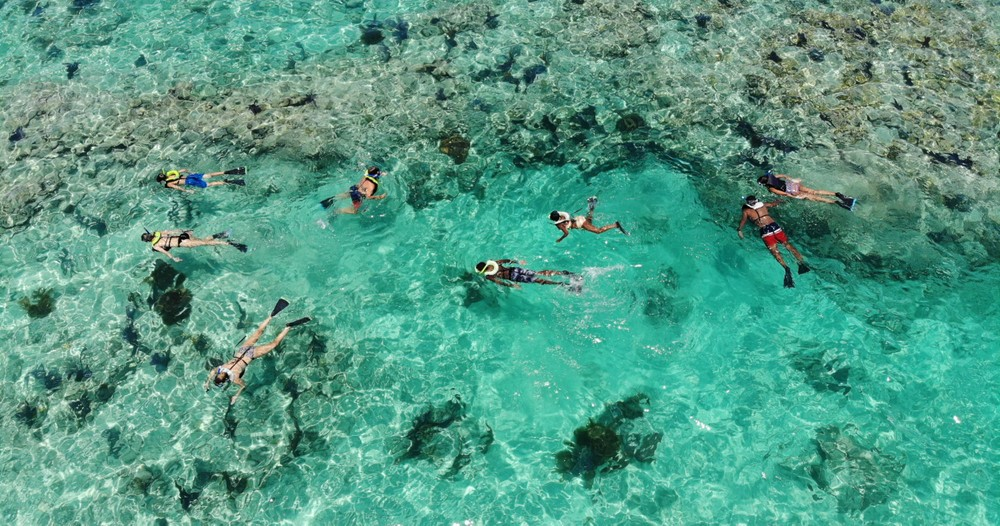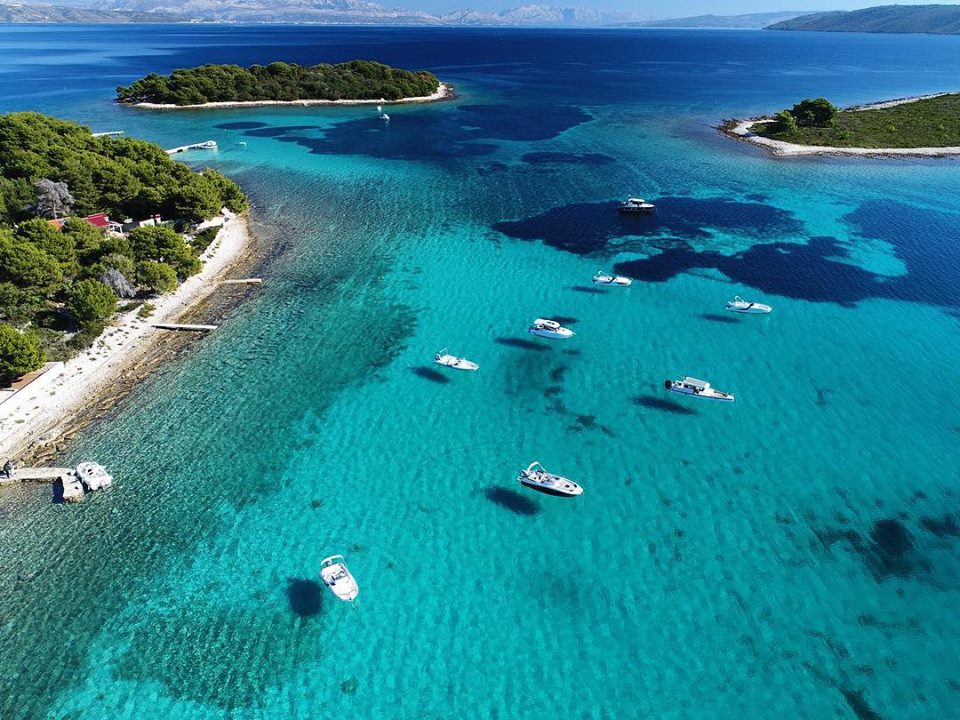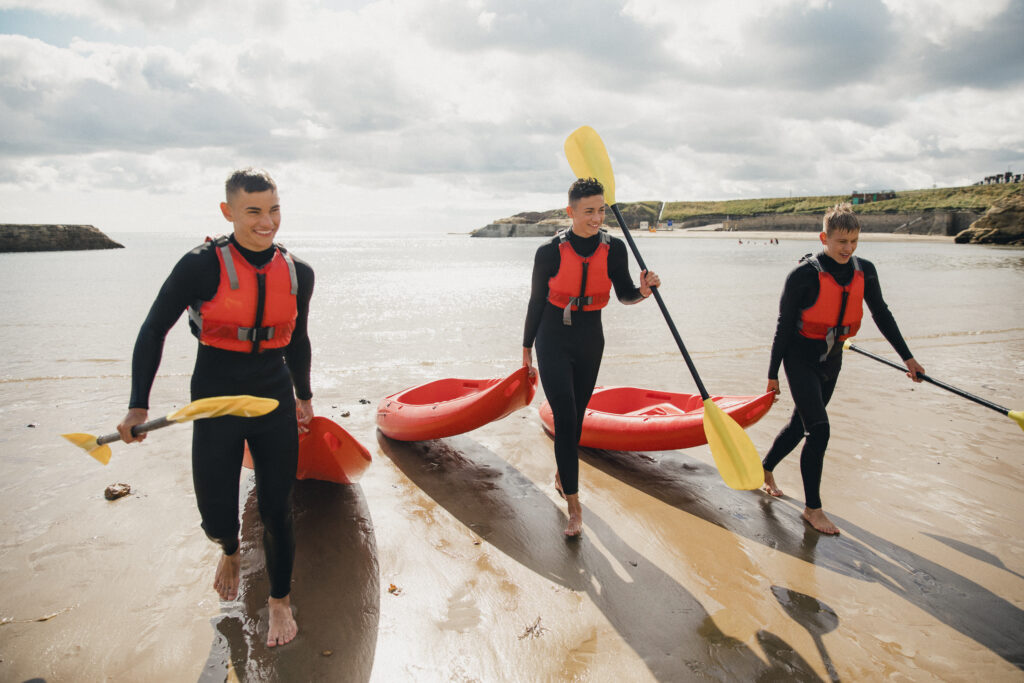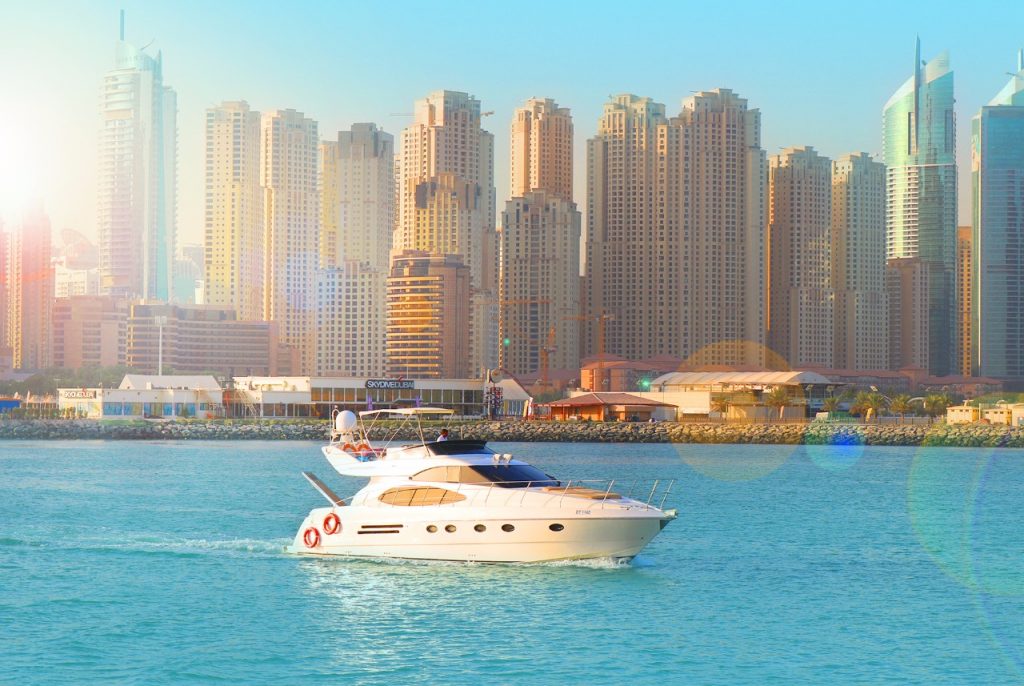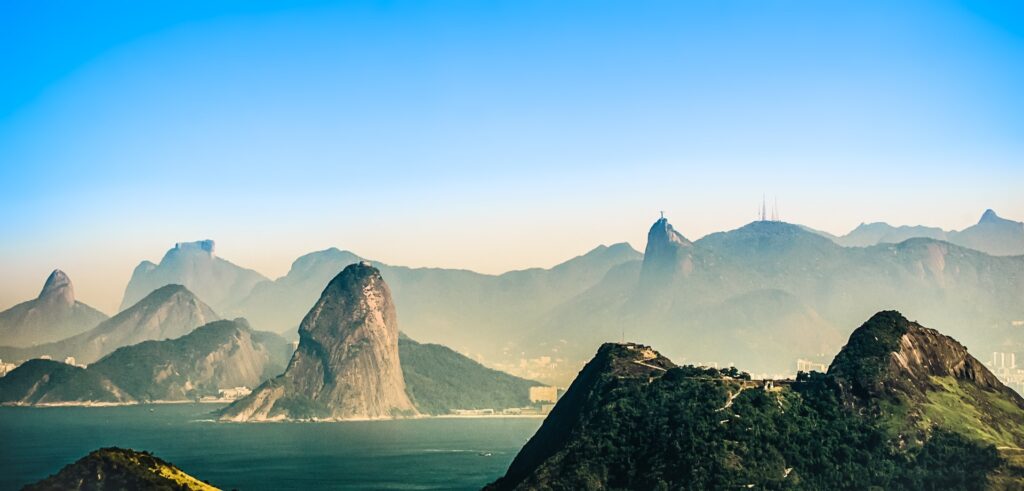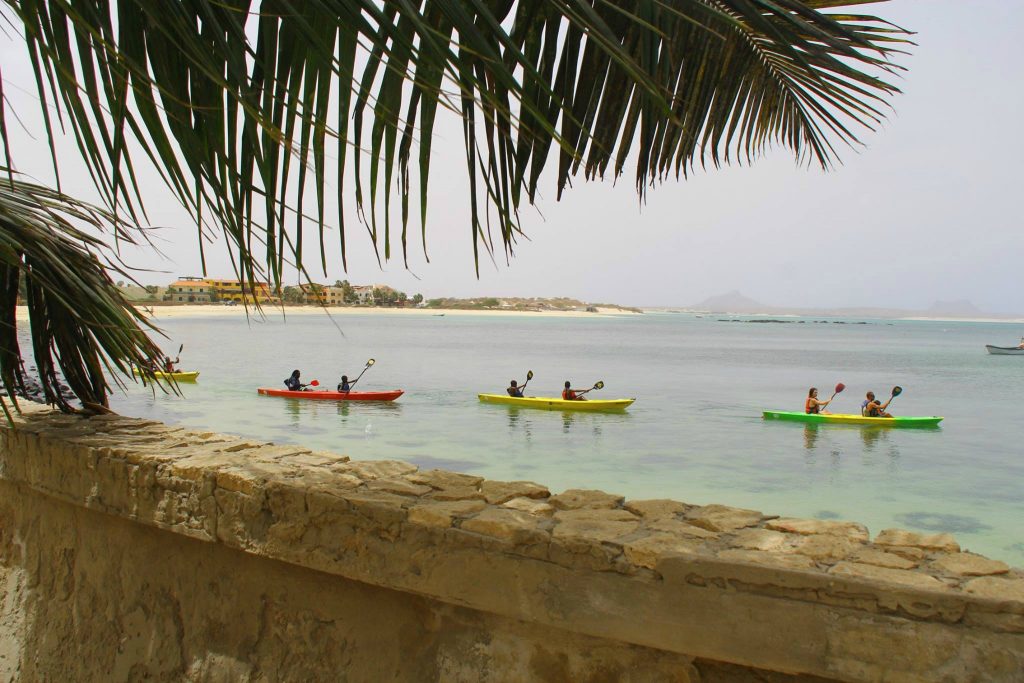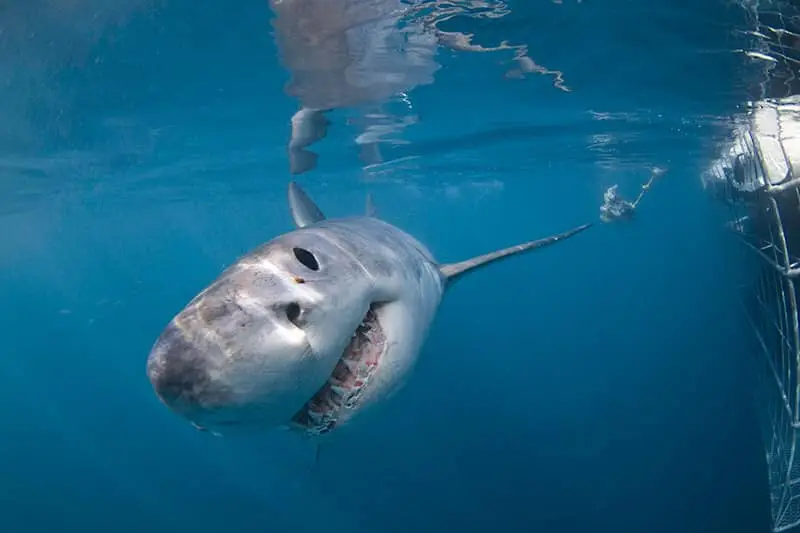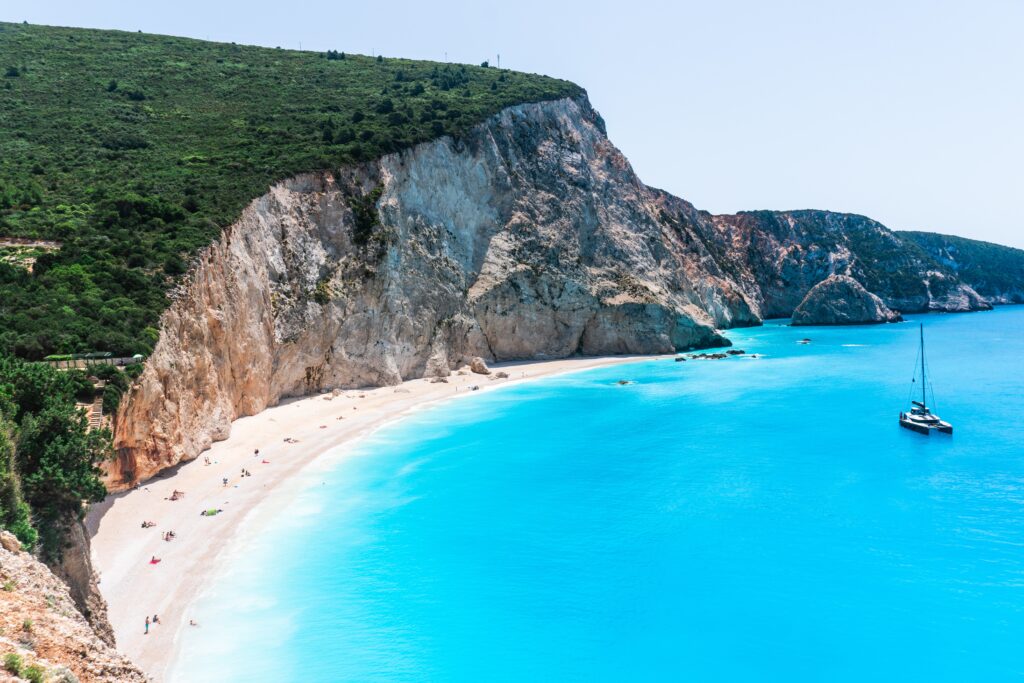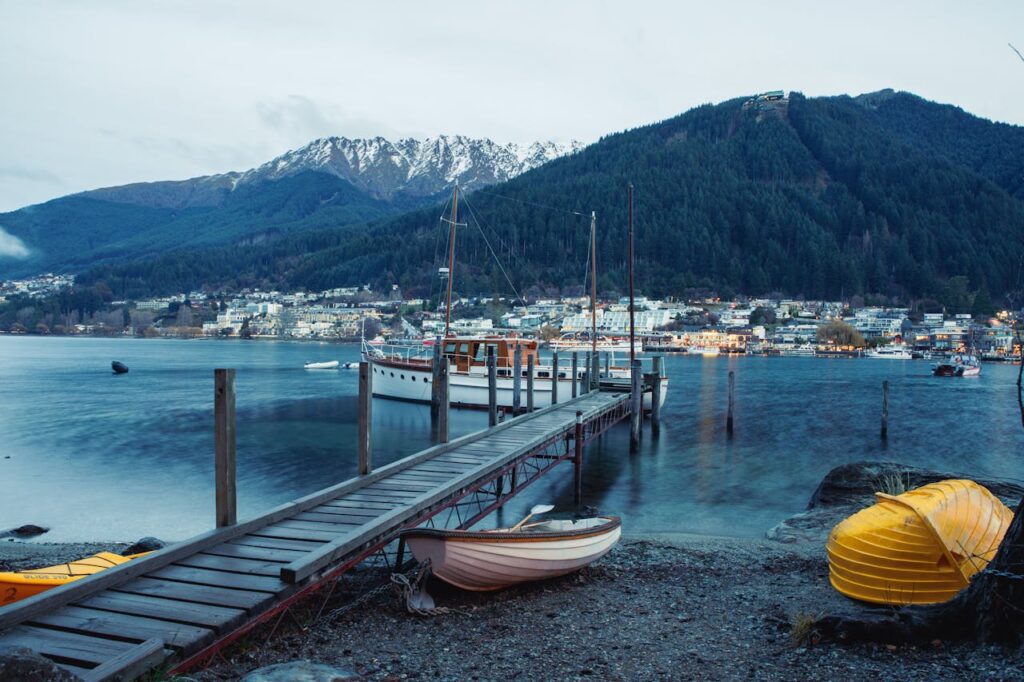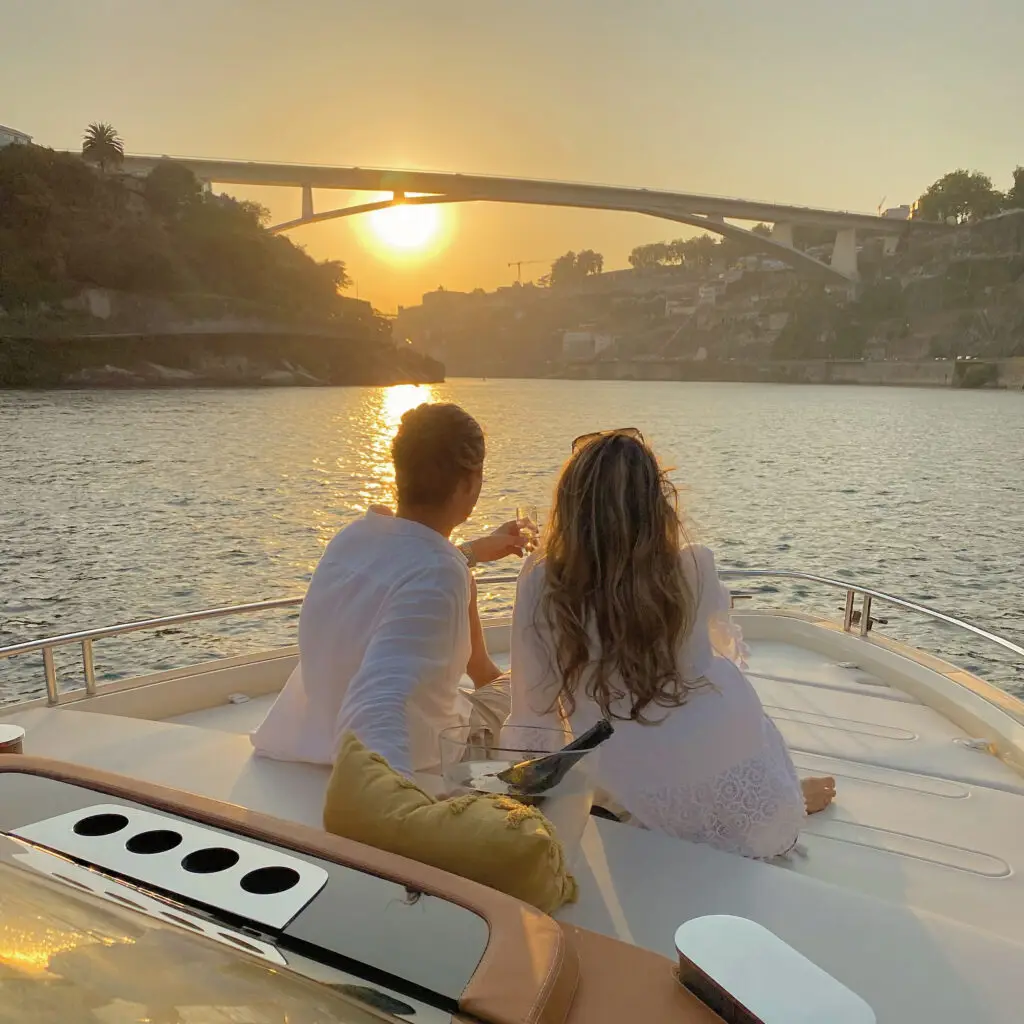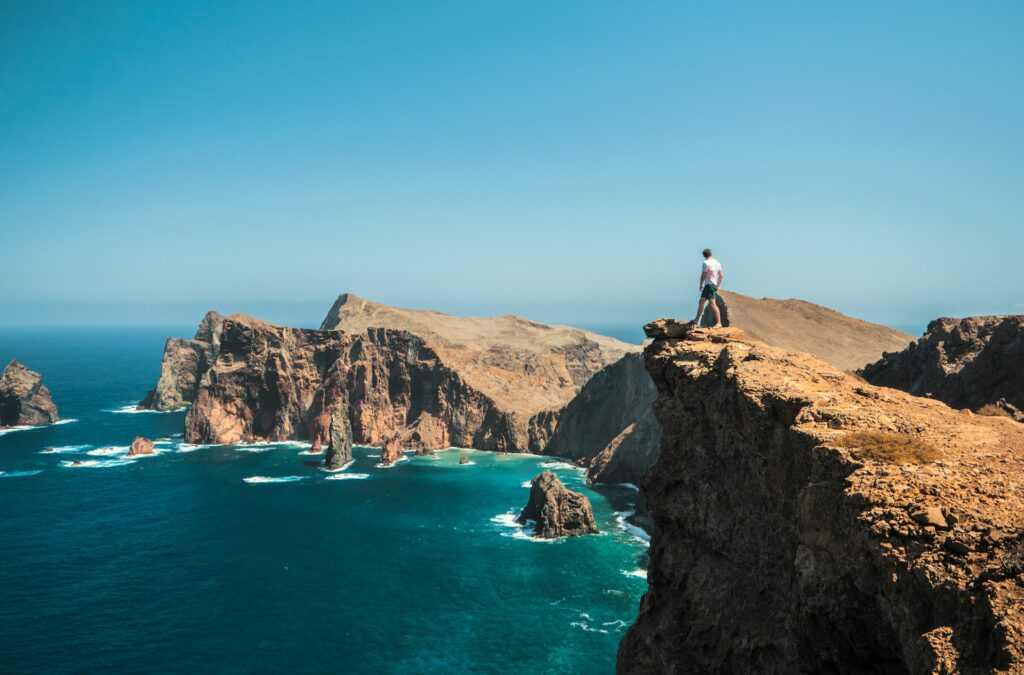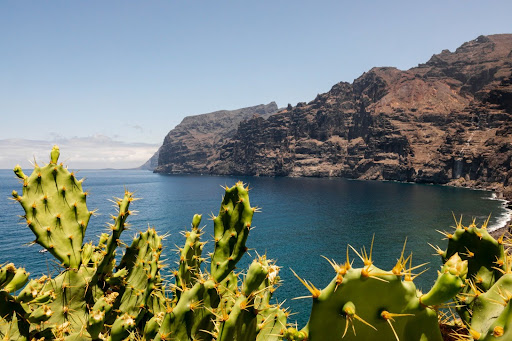El sector del turismo marítimo evoluciona rápidamente, impulsado por los cambios en las preferencias de los viajeros, los avances tecnológicos y la creciente atención a la sostenibilidad. Para los operadores de viajes en barco, adelantarse a estas tendencias es crucial para atraer a más clientes y aumentar las reservas. En este artículo analizamos las principales tendencias del turismo marítimo para 2025 y cómo puede adaptar su empresa para tener éxito.
1. Turismo sostenible y respetuoso con el medio ambiente
Sustainable tourism is no longer just a trend—it’s becoming the new standard. More and more travellers are consciously choosing experiences that respect the planet, opting for tour operators who take environmental responsibility seriously. From reducing plastic waste to protecting marine life and switching to low-emission or electric boats, these efforts are not only good for the environment—they also attract a growing audience of eco-aware adventurers.
For operators, embracing sustainability isn’t just about doing the right thing—it’s a smart business move. Travellers today are more likely to book with companies that show a genuine commitment to conservation and community wellbeing. Whether it’s partnering with marine protection groups, leading beach clean-ups, or offering wildlife-focused tours that educate as well as inspire, there’s real value in going green.
Simple changes can make a big impact. Providing reusable water bottles, swapping out single-use plastics for biodegradable alternatives, or even just sharing your sustainability story through your marketing channels can set you apart. And with support from organisations like Sustainable Travel International, there are plenty of resources to help guide the way. In the end, protecting the places we love to explore ensures they’ll be here for future generations to enjoy.
2. Experiencias personalizadas y privadas
In a post-pandemic world, travellers are placing greater value on privacy, comfort, and personalisation. Gone are the days when crowded group tours were the default. Today’s tourists are seeking unique, tailor-made experiences that cater to their individual preferences—whether it’s a private yacht cruise at sunset, a bespoke family snorkeling adventure, or a luxury charter with all the extras.
This growing demand for exclusivity offers a golden opportunity for tour operators to stand out. By designing flexible packages that allow guests to shape their own journey, you create a deeper, more meaningful experience. Think gourmet meals served on board, professional photography to capture the moment, or live entertainment tailored to the occasion.
Special occasions like honeymoons, anniversaries, or milestone birthdays are perfect moments to offer VIP treatment—something unforgettable that guests will talk about long after the trip ends.
To connect with this audience, platforms like SeaBookings can help you reach travellers specifically looking for bespoke, high-end experiences. In today’s travel landscape, personalisation isn’t just a luxury—it’s what more and more people are coming to expect.
3. Marketing y reservas digitales
The way people book tours has evolved dramatically—and fast. In 2025, the majority of travellers will make their bookings on mobile devices, often within minutes of discovering an experience that catches their eye. For tour operators, this means one thing: having a strong digital presence is no longer optional—it’s essential.
To stay competitive, your online platforms need to be as polished and user-friendly as the experiences you offer. A mobile-optimized website with a smooth, fast, and intuitive booking process is key. If it takes too long to load or is clunky on a phone, potential customers will quickly move on.
Visibility is everything. Make sure your business is easily found on platforms like Google My Business and TripAdvisor—these are often the first places travellers look when planning their adventures. Social media is another powerful tool. Platforms like Instagram, TikTok, and Facebook aren’t just for sharing—they’re where people go to get inspired. Stunning photos, engaging videos, and authentic behind-the-scenes content can drive real interest and conversions.
And don’t underestimate the power of SEO. Ranking well on Google for searches like “best boat tours in [your location]” can make all the difference in a traveller choosing your service over a competitor’s. Resources like Moz’s SEO Guide offer practical steps for improving your search visibility and attracting more traffic to your site.
In short, tour operators who embrace digital marketing and prioritise mobile-friendly booking systems will be the ones leading the way in 2025.
4. Turismo de aventura y bienestar
Today’s travellers are chasing more than just beautiful views—they’re seeking experiences that energise the body and soothe the mind. Adventure-based and wellness-focused tourism is on the rise, with activities like kayaking, paddleboarding, snorkeling, and even yoga at sea gaining serious momentum.
This shift opens up exciting possibilities for tour operators. By expanding your offerings to include active experiences—like guided snorkeling excursions, stand-up paddleboarding lessons, or coastal kayaking trips—you’ll appeal to a new wave of travellers eager to combine exploration with physical activity.
Wellness is another key draw. Imagine the appeal of sunrise yoga on the deck of a boat, the gentle rocking of the sea setting the rhythm for breath and movement, or a peaceful meditation cruise where guests disconnect from the noise of daily life. These experiences offer something far beyond the usual tourist fare—they offer transformation, even if only for an hour or two.
To maximise your reach, consider partnering with wellness influencers or fitness professionals who can help attract a like-minded audience. Position your adventure packages not just as tours, but as opportunities for travellers to reconnect with themselves while discovering the beauty of the sea.
Adventure and wellness are no longer niche markets—they’re becoming central to how people travel. The more immersive, active, and mindful the experience, the more memorable it becomes.r retreat organizers to attract a new audience interested in health and relaxation experiences at sea.
5. IA y tecnología inteligente en el turismo marítimo
Technology is rapidly transforming the way people travel—and how they choose their experiences. From AI-powered chatbots to virtual reality (VR) previews, digital innovation is no longer a futuristic concept—it’s becoming a key part of how tour operators connect with customers, improve service, and streamline their day-to-day operations.
Travellers now expect instant answers and a smooth, intuitive booking process. AI chatbots can provide 24/7 support, answering common questions in real time and guiding potential customers through the booking journey. This not only improves customer satisfaction but also frees up valuable time for your team.
Meanwhile, VR and 360° video previews allow customers to see your experience before they commit—whether it’s a peaceful sunset cruise or an adrenaline-pumping snorkeling tour. These immersive tools build trust and excitement, turning browsers into buyers.
Automation is another game-changer. A booking system with real-time availability, instant confirmations, and personalised communication can make the whole process effortless for both you and your guests. And by collecting and analysing customer data, you can go a step further—offering tailored promotions and experiences that speak directly to past preferences.
Ultimately, tour operators who embrace these innovations are not just staying current—they’re creating smoother, more memorable journeys from the very first click.
6. Demanda de destinos únicos y poco frecuentados
Today’s travellers are veering off the beaten path. Instead of flocking to crowded tourist hotspots, they’re searching for peace, authenticity, and the thrill of discovering somewhere special—places untouched by mass tourism. Remote islands, hidden coves, and lesser-known marine parks are quickly rising in popularity, offering a sense of exclusivity and serenity that many crave.
For tour operators, this shift is a golden opportunity. By curating itineraries that explore these hidden corners—secluded beaches, uninhabited islets, or secret snorkeling spots—you’re offering guests more than just a trip; you’re giving them a story to tell. Label these tours as “exclusive” or “secret escapes” to tap into the sense of adventure and discovery.
Authenticity is also key. Collaborating with local fishermen or coastal communities can enrich your experiences, offering travellers a genuine connection to the places they’re exploring. Whether it’s a quiet lunch on a deserted beach or diving in a pristine marine reserve, these off-the-grid adventures leave lasting impressions.
For inspiration, resources like National Geographic’s Las mejores playas escondidas can help you identify unique locations that align with this growing trend. In a world that’s increasingly mapped and shared online, the true luxury for many is finding somewhere that feels like their own private paradise.
7. Opciones de reserva flexibles y de última hora
In today’s fast-paced travel landscape, spontaneity is the new norm. More and more travellers are booking experiences at the last minute, often just days—or even hours—before departure. This shift means that flexibility isn’t just a nice-to-have anymore; it’s essential for tour operators who want to stay relevant and competitive.
To meet this demand, it’s important to make last-minute bookings as easy as possible. Your website and third-party platforms should allow for quick, seamless reservations without unnecessary friction. The smoother the process, the more likely spontaneous travellers are to click “book now.”
Equally important are your cancellation and rescheduling policies. Flexible terms offer reassurance, especially to those making snap decisions. When customers know they won’t be penalised for a change of plans, they’re far more likely to commit.
Offering options like “reserve now, pay later” can also remove a major barrier to entry. It gives travellers the freedom to lock in an experience without immediate pressure, increasing the likelihood of a sale.
Don’t forget to harness the power of direct marketing—SMS and email campaigns are perfect for sharing last-minute deals or limited-time slots, creating a sense of urgency while filling your calendar.
For deeper insight into how travellers are booking today, Skyscanner’s Informe sobre tendencias de viajes is a valuable resource. In a world where plans can shift quickly, tour operators who embrace flexibility are the ones who will thrive.
Conclusión: Adelántese y eleve su negocio marítimo
The world of maritime tourism is changing—and with it, the expectations of travellers. Today’s guests are more conscious, more connected, and more curious than ever before. They’re seeking not just boat tours, but meaningful experiences that reflect their values and desires: sustainability, personalisation, adventure, wellness, and flexibility. They want to book with ease, explore the hidden corners of the coast, and share unforgettable moments that feel uniquely their own.
For boat tour operators, this evolution presents a powerful opportunity. By embracing smart technology, eco-friendly practices, flexible booking options, and immersive, tailor-made adventures, you’re not just keeping up with the times—you’re setting a new standard. Whether it’s offering a private yoga cruise at sunrise, showcasing secret coves through VR previews, or providing real-time booking with AI support, every thoughtful innovation brings you closer to what modern travellers truly want.
This is the time to elevate your business and stand out in a competitive market. And you don’t have to do it alone.
If you’re ready to expand your reach and attract more customers, consider creating a página de la empresa en SeaBookings. It’s a powerful platform designed to connect you with travellers looking for exceptional maritime experiences—just like yours.

